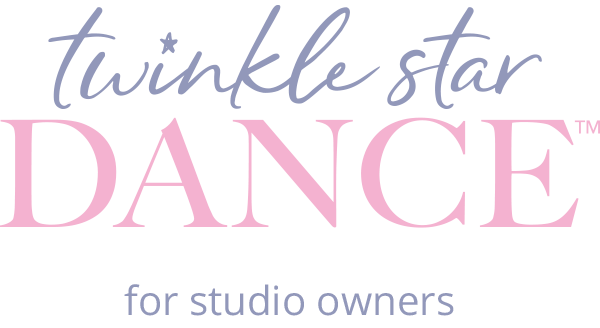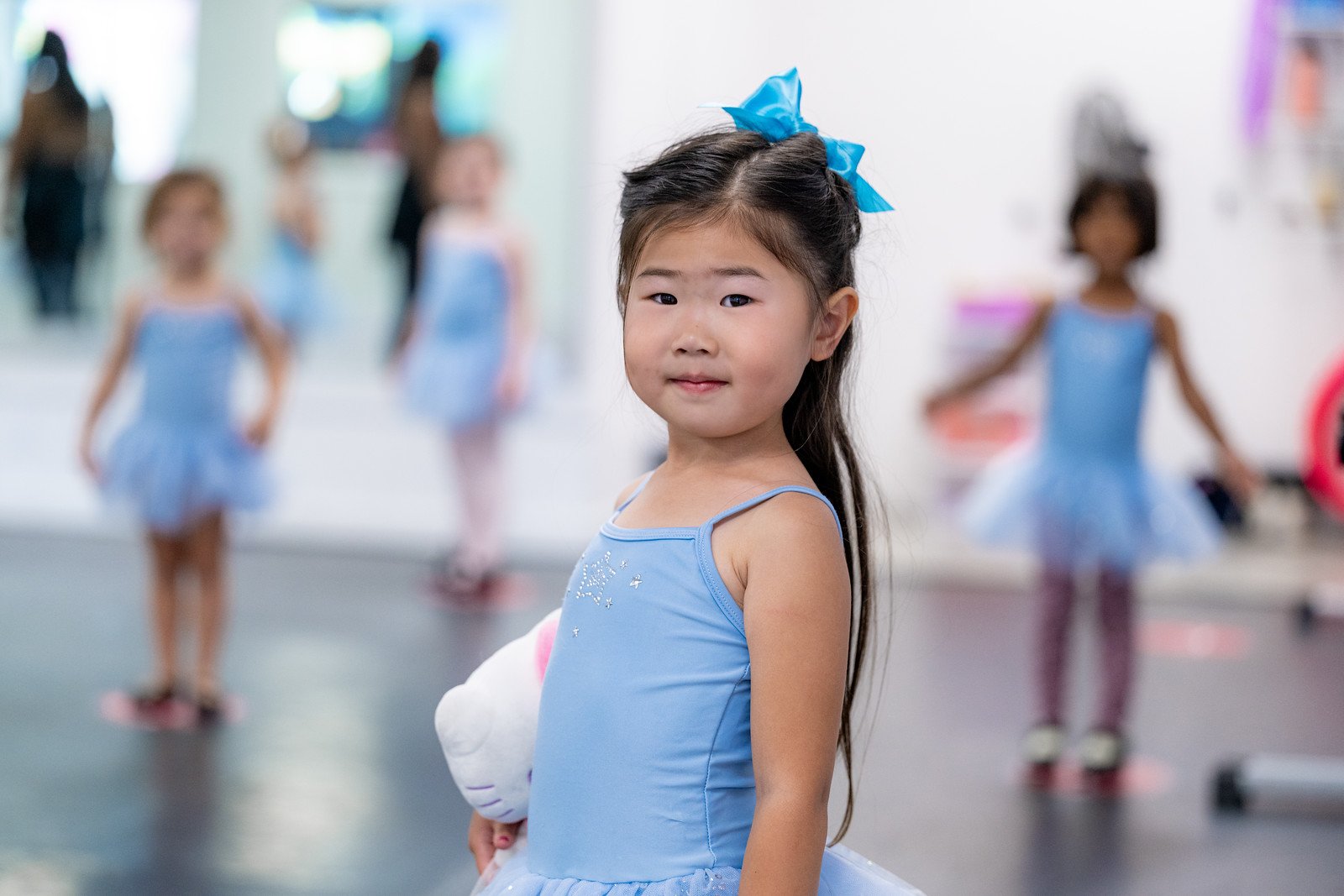Teaching dance is not really about the steps. It is about sharing joy and building a community through dance.
There is a lot more than movement being taught because we are dealing with separation anxiety, etc. In our Twinkle Babies ages 2-3 class, for example, there are very few pauses. Keeping the dancers moving from one exercise to the next becomes very important, especially if you have a crier.
That being said, it can be difficult to foster connections with your dancers if you are also trying to create the class as you go. You need all of your devices to be successful in a preschool dance class. You cannot be tending to the music or experimenting with choreography.
As a preschool dance teacher, it is your responsibility to engage the dancers during class. A preschool dance curriculum such as Twinkle Star Dance will free you up to turn your attention to the delivery rather than coming up with the content. Instead, focus on making eye contact, use of voice, and learning the dancer’s names.
It is equally important to engage with the families before and after class. I don’t mean to invite them over for a BBQ at your house. It can be as simple as “Susie is so close to getting her skips, keep up the great work.”
Here are some tips and tricks to connecting to preschool dancers:
Eye Contact
Always Be Scanning. Eye contact is important for developing social interactions, relationships, and even language skills. Some children may become overstimulated when you make eye contact with them so it's important to not force it. Instead be patient and invite them to engage in mutual gaze.
Use of Voice
Cue them with your voice prior to movement. Using a warm and affectionate tone of voice helps reassure and comfort preschoolers. This is especially useful when engaging a child who is withdrawn or shy. A warm tone's message can be reinforced by using words of endearment such as “friend.” Children are different from one another, so observe what works best for each child.
Names
Know their names! Just as a warm and affectionate tone reassures and comforts, a calm tone creates a nonjudgmental environment where appropriate behavior can be promoted. This is also an effective tone to use when a child's attention wanders. Calmly and gently call children by name and guide their attention back to where it should be placed.
Rediscover your light at Spark Mini-Conference Series.
Meet Tiffany Henderson
Tiffany Henderson is an industry leader and dance business expert. Tiffany owns and operates multiple Tiffany's Dance Academy locations in Northern California. Her video-based teacher training system and curriculum, Twinkle Star Dance, is currently implemented in 300+ dance studios worldwide.





